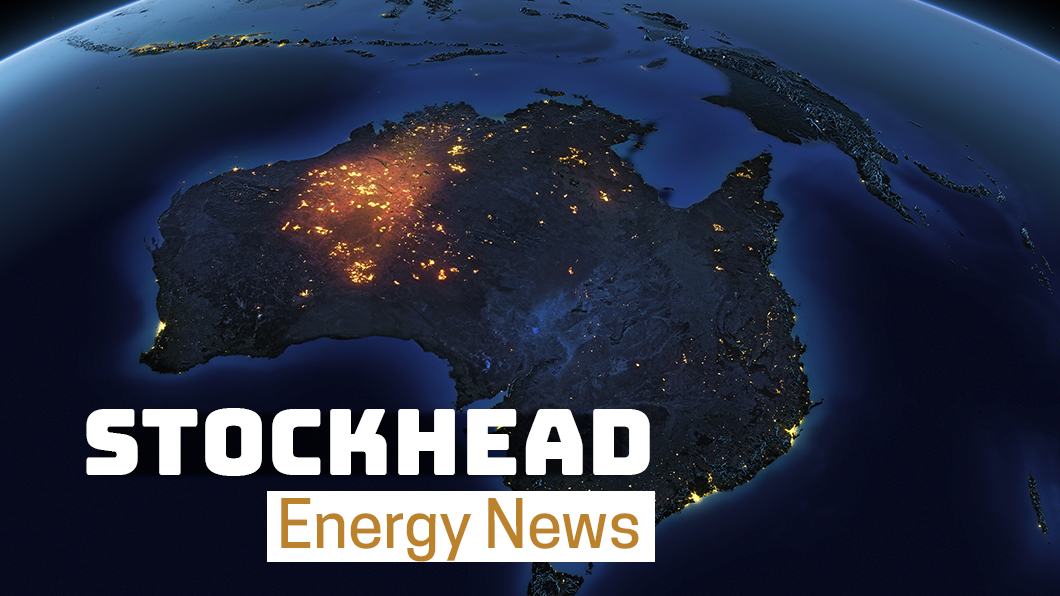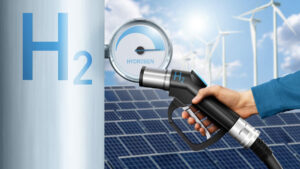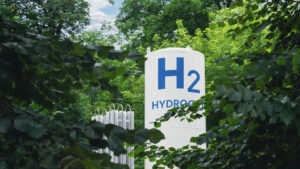Tasmania positions itself for the hydrogen future

Pic: Matthias Kulka / The Image Bank via Getty Images
The hydrogen bandwagon has rolled into Tasmania with the state looking at leveraging its abundant renewable energy resources to secure its place in Australia’s future hydrogen export market.
Tasmania is on track to be self-sufficient in renewables energy by 2022 thanks to future wind farm and pumped-hydro developments.
State Minister for Energy Guy Barnett said that a 1,000 megawatt facility – equivalent to supplying 1 million homes – could be feasible by 2030, creating an estimated 1,200 jobs and supporting a further 2,000 megawatts of renewable energy investment in Tasmania.
This is aimed at ensuring that the state becomes a world leader in large-scale renewable hydrogen production.
“Renewable hydrogen production in Tasmania could be up to 15 per cent cheaper to produce than from the mainland power grid, and up to 30 per cent cheaper to produce than from dedicated off-grid renewable sources, giving us a real advantage,” he noted.
“With emerging industries in Japan, South Korea and China, Tasmania has received significant interest from a range of proponents seeking emissions-free hydrogen at competitive rates.”
Industry body Energy Networks Australia welcomed the state’s move with CEO Andrew Dillion saying hydrogen will play an important role in the sustainable energy future.
“Hydrogen can be produced from excess renewable power, providing clean energy that can be stored for when the sun doesn’t shine and the wind isn’t blowing,” he said.
“As the energy sector continues to decarbonise and intermittent renewable generation increases, this storage capacity means hydrogen can play an important role in stabilising our energy system.
“Hydrogen technology is already being embraced around the world for domestic and commercial use in gas networks and to fuel passenger and freight trains.”
Separately, Queensland has also taken further steps to pick up a slice of the hydrogen pie, with the state establishing a Townsville Hydrogen Industry Working Group to attract industrial development to the city’s Southern Industrial Corridor.
Speaking at Queensland’s first regional Hydrogen Industry Forum in Townsville, Minister for State Development Cameron Dick said the private sector had already identified Townsville as an optimal location to develop hydrogen projects with long-term potential for the export of renewable hydrogen.
The transition to a low-carbon future also presents investment opportunities in solar and wind farms, and biomass.
“We want to lead the race to provide a new source of clean energy to the world and our regions are the key to our success,” Dick said.
Earlier this year, Queensland launched the five-year Queensland Hydrogen Industry Strategy and Hydrogen Industry Development Fund, a $15m contestable funding program to support eligible hydrogen projects established in the state.
Expressions of interest to the fund have been shortlisted and these applicants are currently preparing detailed applications for assessment.
Still some way off
Despite the moves by Queensland and Tasmania, there is still some way to go before the hydrogen export industry becomes viable.
Hydrogen proponents may have to wait up to a decade before the cost of building electrolysers — the technology that separates the oxygen and hydrogen molecules in water – falls enough to become viable.
Additionally, electricity costs in target markets would have to be fairly high, with consultancy McKinsey estimating earlier this year that Japanese electricity will need to cost $60 a megawatt hour (MWh) for Australian hydrogen exports to breakeven.
Tasmania has estimated that Australia’s hydrogen export market could rise to between $2.6 billion and $13.4 billion by 2040, which is coincidentally when Mckinsey senior export Godart van Gendt said would be the time that Australia had a large enough industry to export sizeable quantities of hydrogen.
Dearth of small cap hydrogen players
There is also a remarkable lack of small-cap ASX players hoping to make it in the hydrogen industry.
Perth-based Hazer Group (ASX:HZR) has been spruiking its technology to produce hydrogen and graphite from natural gas using an iron ore catalyst.
It aims to build a demonstration plant producing hydrogen and graphite from biogas derived from sewage treatment by December 2020, with operations beginning in January 2021.
Eden Innnovations (ASX:EDE), which is focused on concrete nanotube technology, also boasts its own technology for producing hydrogen from natural gas without producing carbon dioxide.
Meanwhile, Iron Road (ASX:IRD) is jointly investigating with The Hydrogen Utility, the potential to develop a green manufacturing precinct at Cape Hardy, South Australia.
This is aimed at building a large-scale green hydrogen production and export hub.
Behind the scenes, hydrogen fuel tech is growing up fast
COAG has caught the hydrogen hype, wants your thoughts on how to do it
UNLOCK INSIGHTS
Discover the untold stories of emerging ASX stocks.
Daily news and expert analysis, it's free to subscribe.
By proceeding, you confirm you understand that we handle personal information in accordance with our Privacy Policy.








